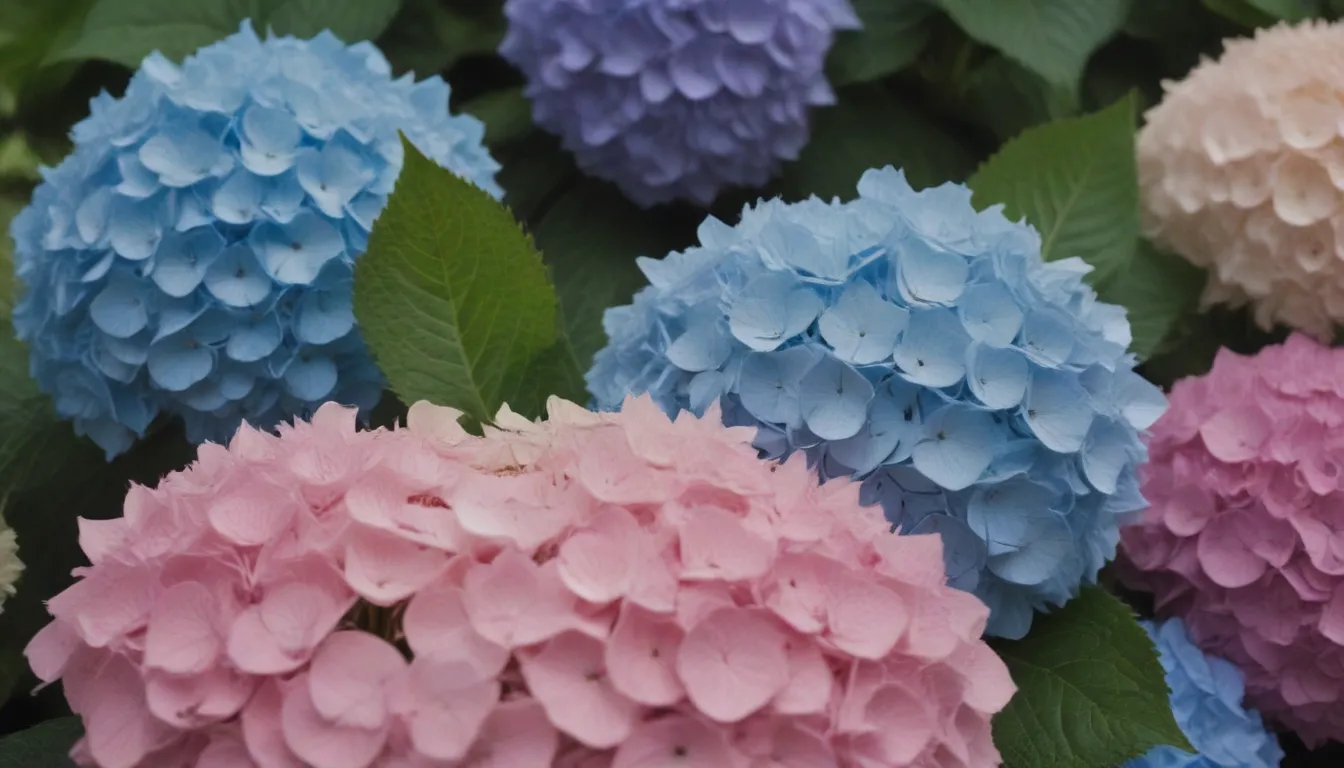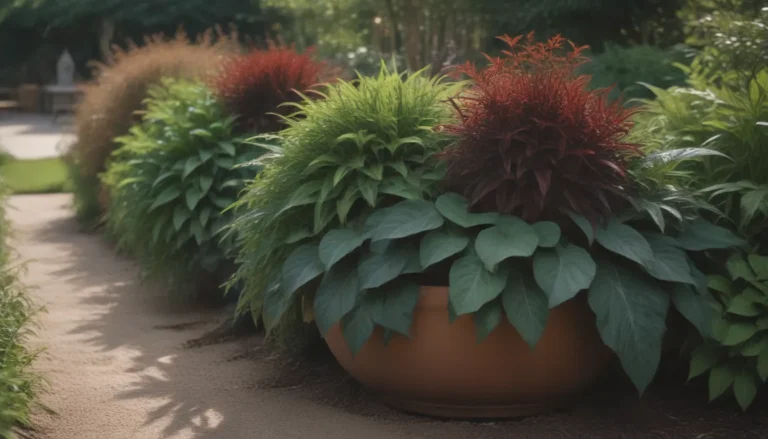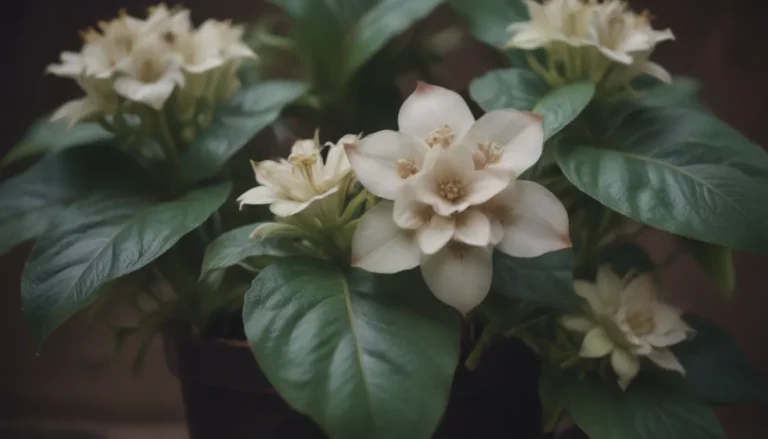Hydrangea Care Guide: How to Prevent and Fix Wilting Issues

Hydrangeas are a staple in many home gardens, known for their large flowerheads and lush foliage that add beauty and elegance to any landscape. However, seeing your hydrangea wilt can be a cause for concern. While wilting may not immediately kill the plant, it is a red flag that something is amiss and requires attention. In this comprehensive guide, we will explore the reasons why hydrangeas wilt and provide practical solutions to help you revive and maintain the health of your beloved plants.
Understanding Hydrangea Wilting
When hydrangeas begin to wilt, it is a sign that the plant is experiencing stress. This stress can be attributed to various factors, including:
-
Lack of Water: Insufficient watering is the most common cause of wilting in hydrangeas. The plant’s fibrous roots require adequate moisture to maintain turgidity in the leaves and stems.
-
Excess Sun: Too much direct sunlight, especially during the hottest hours of the day, can lead to wilting as the plant loses moisture through transpiration.
-
Wind Exposure: Strong, hot winds can accelerate moisture loss in hydrangeas, causing them to wilt.
-
Excess Nitrogen: Overfertilization or fertilizer runoff from nearby lawns can result in rapid vegetative growth, leading to wilting and weak stems.
-
Transplant Shock: Hydrangeas may experience wilting after being transplanted due to root disturbance and acclimatization to new soil conditions.
Now, let’s delve into each of these factors in detail and learn how to address them effectively to keep your hydrangeas healthy and vibrant.
Lack of Water: Keeping Your Hydrangeas Hydrated
As the Greek origin of the name suggests, hydrangeas thrive on water. Insufficient watering can quickly lead to wilting and drooping in the leaves and flowers. Here’s how you can ensure your hydrangeas stay hydrated:
-
Deep Watering: Water hydrangeas deeply to saturate the root zone. Avoid shallow watering that only wets the surface soil.
-
Check Moisture Levels: Use a screwdriver to gauge soil moisture. If the soil is dry, it’s time to water.
-
Add Organic Matter: Enhance soil moisture retention by incorporating organic matter into the soil gradually throughout the growing season.
-
Mulch: Apply a 3 to 5-inch layer of mulch around the plant to retain soil moisture and protect the roots from temperature fluctuations.
Tip: Potted hydrangeas are more prone to wilting due to faster drying out of potting mixes. Water them daily in hot weather and consider repotting into a larger container with added organic matter for better moisture retention.
Excess Sun: Providing Shade for Your Hydrangeas
While hydrangeas can tolerate full sun, excessive sunlight exposure can lead to wilting. To prevent sun-induced wilting:
-
Partial Shade: Plant hydrangeas in locations with partial afternoon shade, especially in hot climates.
-
Move Plants: If your hydrangea is getting too much sun, relocate it to a spot with less direct sunlight.
Taking these measures can help your hydrangeas retain moisture and stay healthy, even in sunny conditions.
Wind Exposure: Protecting Hydrangeas from Hot Winds
Hot summer winds can exacerbate wilting in hydrangeas by accelerating moisture loss. Here’s how you can shield your plants from damaging winds:
-
Natural Windbreak: Plant shrubs or trees to create a windbreak that shields your hydrangeas from harsh winds.
-
Location: If possible, move your hydrangea to a more sheltered area in your garden where it is less exposed to strong winds.
By providing a protective barrier against hot winds, you can help your hydrangeas maintain their moisture levels and prevent wilting.
Excess Nitrogen: Reducing Fertilizer Impact on Hydrangeas
Overfertilization or nitrogen runoff from nearby lawns can lead to wilting in hydrangeas. To address excess nitrogen issues:
-
Water Dilution: Maintain consistent watering to dilute the excess nitrogen in the soil.
-
Soil Test: Conduct a soil test before fertilizing to determine the nutrient levels and avoid overfeeding your hydrangeas.
-
Balanced Fertilizer: Use a slow-release fertilizer with balanced nutrients to prevent nitrogen overload.
By being mindful of your fertilization practices, you can minimize the risk of wilting due to excess nitrogen in your hydrangeas.
Transplant Shock: Helping Hydrangeas Adapt to New Soil
Hydrangeas may experience wilting after being transplanted due to root disturbance and soil acclimatization. Here’s how you can aid their recovery:
-
Deep Watering: Water newly transplanted hydrangeas daily to help them establish in their new environment.
-
Mulching: Apply mulch around the plant to retain soil moisture and support root growth.
-
Avoid Stressors: Refrain from fertilizing or pruning stressed plants, allowing them time to recover naturally.
To prevent transplant shock, choose optimal planting times in cool weather and refrain from transplanting during summer or hot conditions.
Conclusion
In caring for your hydrangeas, it’s essential to address wilting promptly to ensure the health and vitality of your plants. By understanding the factors that contribute to wilting and implementing targeted solutions, you can safeguard your hydrangeas against stress and maintain their beauty in your garden. Remember to observe your plants closely, provide adequate water and shade, and avoid overfertilization to enjoy lush, thriving hydrangeas throughout the growing season. Happy gardening!





